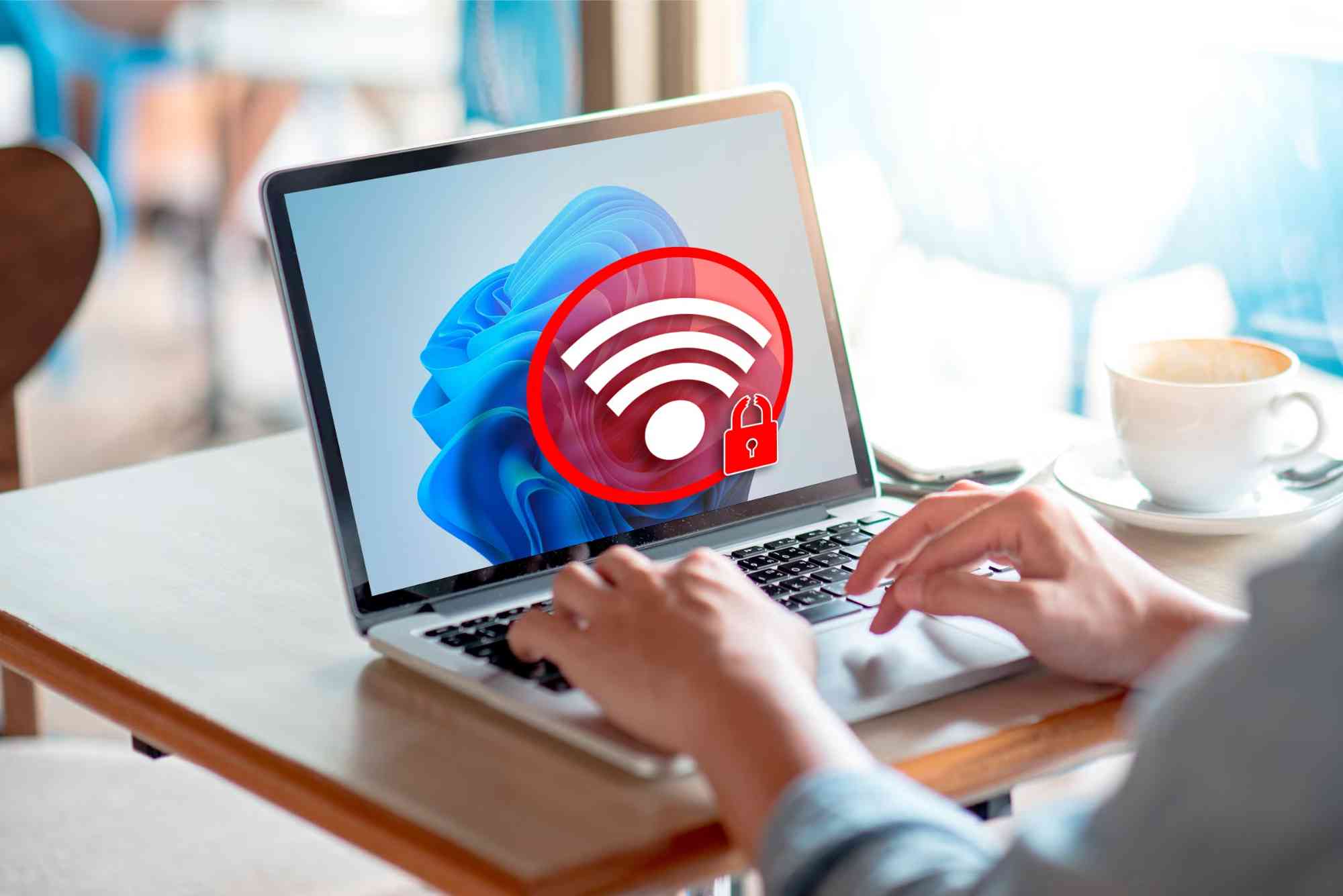How to Fix Ethernet Not Recognized on Windows
A stable Ethernet connection is essential for smooth online experiences—whether you’re working, gaming, or streaming. However, sometimes your computer suddenly stops detecting the Ethernet cable, showing messages like “Network cable unplugged” or “Ethernet not recognized.”
If you’re struggling with this issue, don’t worry. In this complete guide, we’ll walk you through effective methods to fix Ethernet not recognized on Windows. You’ll learn why this happens, how to diagnose it, and the best ways to restore your wired internet connection.
Understanding the “Ethernet Not Recognized” Error
When Windows says Ethernet not recognized, it usually means your system can’t detect the network adapter or the connected Ethernet cable. This can occur due to outdated drivers, faulty cables, or incorrect network settings.
Unlike Wi-Fi issues, Ethernet problems are often linked to hardware or driver configuration. Before diving into the solutions, it’s helpful to understand what’s happening behind the scenes.
Common Symptoms
-
No internet connection even when the cable is plugged in
-
The Ethernet adapter missing from “Network Connections”
-
“Unidentified network” or “No Internet Access” messages
-
The Ethernet light on the router isn’t blinking
Recognizing these signs helps narrow down the cause and find the right fix faster.
Why Windows Fails to Recognize Ethernet
There are several reasons your system might fail to detect the Ethernet connection. Let’s look at the most common causes:
Outdated or Missing Network Drivers
Network drivers are essential for Windows to communicate with the Ethernet hardware. If the driver is outdated, corrupted, or missing, the Ethernet adapter won’t work properly.
Faulty Ethernet Cable or Port
Sometimes, the issue lies not with your PC but with the physical connection. Damaged cables or malfunctioning ports on the router or computer can cause recognition issues.
Disabled Network Adapter
If the Ethernet adapter is disabled in Windows settings, it won’t appear as an available connection.
Power Management Settings
Certain power-saving options in Windows can automatically disable your Ethernet adapter when not in use, leading to “not recognized” errors.
BIOS or Hardware Configuration
In rare cases, Ethernet ports may be disabled in BIOS or due to a motherboard issue.
Understanding these potential causes will guide you in selecting the most effective solution.
Step-by-Step Guide to Fix Ethernet Not Recognized
Now that we’ve identified the common reasons, let’s move into the detailed troubleshooting steps to fix Ethernet not recognized on Windows.
Check Physical Connections
Before adjusting settings, make sure everything is properly connected.
-
Ensure the Ethernet cable is plugged securely into both your PC and router.
-
Try using another Ethernet cable to rule out physical damage.
-
Test a different LAN port on the router.
-
Restart your router and computer to refresh connections.
If the Ethernet light on your router isn’t blinking, it’s likely a cable or hardware issue.
Enable Ethernet Adapter in Windows
Sometimes, the Ethernet adapter might be disabled accidentally.
-
Press Windows + R and type
ncpa.cpl. -
In the Network Connections window, look for “Ethernet.”
-
If it’s greyed out, right-click and select Enable.
Once enabled, Windows should automatically recognize the connection.
Update or Reinstall Network Drivers
Outdated or missing drivers are the most frequent cause of Ethernet problems. Here’s how to update them:
-
Press Windows + X and open Device Manager.
-
Expand Network adapters and locate your Ethernet adapter.
-
Right-click it and select Update driver → Search automatically for drivers.
If no update is found, you can reinstall it manually:
-
Right-click the adapter and select Uninstall device.
-
Restart your PC—Windows will reinstall the correct driver automatically.
For better results, download the latest driver from your PC manufacturer’s website.
Disable Power Management for the Network Adapter
Power-saving features can sometimes disable the Ethernet port.
-
In Device Manager, right-click your Ethernet adapter and choose Properties.
-
Go to the Power Management tab.
-
Uncheck Allow the computer to turn off this device to save power.
-
Click OK and restart your computer.
This ensures your Ethernet adapter stays active even when Windows is managing power usage.
Reset Network Settings
If the Ethernet is still not recognized, resetting your network settings can resolve conflicts or corrupted configurations.
-
Press Windows + I to open Settings.
-
Go to Network & Internet → Status.
-
Scroll down and click Network reset.
-
Select Reset now, then restart your PC.
This will reinstall all network adapters and restore default network settings, often fixing hidden issues.
Configure BIOS or UEFI Settings
If your Ethernet port is disabled in BIOS, Windows won’t detect it.
-
Restart your PC and enter BIOS/UEFI (usually by pressing Del or F2 during startup).
-
Locate Integrated Peripherals or Onboard Devices.
-
Ensure the Onboard LAN Controller or Ethernet Controller is enabled.
-
Save changes and restart your system.
After enabling it, Windows should automatically detect your Ethernet hardware.
Use Command Prompt to Refresh IP Configuration
If your Ethernet adapter appears but doesn’t connect, resetting the IP stack might help.
-
Search cmd, right-click Command Prompt, and select Run as administrator.
-
Enter the following commands one by one:
netsh winsock reset
netsh int ip reset
ipconfig /release
ipconfig /renew
ipconfig /flushdns
Restart your computer afterward.
This refreshes your network configuration and can fix connectivity recognition problems.
Check for Windows Updates
Microsoft often releases updates that include driver and network stability improvements.
-
Go to Settings → Windows Update.
-
Click Check for updates.
-
Install all available updates, especially optional driver updates.
After updating, reboot and test your Ethernet connection again.
Inspect Router Settings
If all else fails, the router might be the problem.
-
Access your router’s admin panel using its IP address (usually 192.168.1.1).
-
Log in with your credentials.
-
Check LAN settings to ensure Ethernet ports are active.
-
If needed, perform a factory reset on the router.
You can also test the Ethernet connection using another device. If it doesn’t work there either, your router’s LAN port may be faulty.
Advanced Fixes
If the standard troubleshooting doesn’t solve the issue, you may need to explore deeper fixes.
Check Device Conflicts in Device Manager
In Device Manager, look for any yellow warning icons. This indicates driver conflicts that can prevent Ethernet recognition. Uninstall the problematic driver and reinstall the correct one from your manufacturer’s website.
Run Windows Network Troubleshooter
-
Go to Settings → Network & Internet → Status.
-
Click Network troubleshooter.
-
Follow the on-screen prompts.
This tool can automatically detect and repair some Ethernet problems.
Professional Help and Reliable Internet Options
If you’ve tried everything and your Ethernet still isn’t recognized, it might be time for professional support. A certified technician can diagnose hardware faults in your network card or motherboard.
For users looking for stable, high-speed connectivity and expert technical support, Dhanote Internet Services offers reliable broadband and networking solutions. Whether at home or in the office, their services ensure seamless connectivity for all your online needs.
Frequently Asked Questions
Why is my Ethernet not recognized but Wi-Fi works?
This usually means the Ethernet driver or adapter is malfunctioning, while your wireless adapter remains functional. Updating the Ethernet driver often fixes this.
How do I know if my Ethernet port is broken?
If the Ethernet LED light doesn’t blink when the cable is connected and the cable works on another device, the port might be damaged.
Can a BIOS update fix Ethernet issues?
Yes. In some cases, outdated BIOS firmware can cause hardware recognition problems, including Ethernet ports.
Is it safe to reset network settings in Windows?
Yes, it’s safe. However, it will remove saved Wi-Fi networks and VPN connections, so back up your settings first.
What should I do if nothing works?
If all software fixes fail, test your Ethernet card on another computer. If it’s still not recognized, you may need a replacement network adapter.
A non-functional Ethernet connection can be frustrating, but with the right steps, it’s often easy to resolve. From checking physical cables to updating drivers and resetting network settings, each solution brings you closer to restoring your wired connection.
Following this guide should help you confidently fix Ethernet not recognized on Windows and get back online smoothly.
If you still face persistent issues or need reliable connectivity for your business, consider upgrading to a professional internet solution like Dhanote Internet Services — trusted by users for fast, stable, and secure connections.








